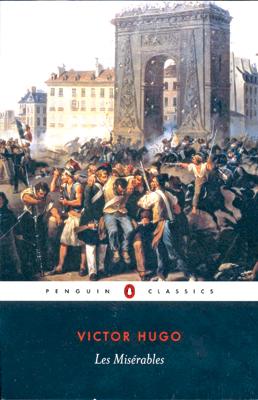
 In the French novel Les Miserables by Victor Hugo, the plot revolves around the parallel lives of two main characters Jean Valjean and Fantine which converge as the novel progresses. The novel begins in 1815 with the fateful encounter between the magnanimous Bishop of Digne, M. Myriel, and an ex-convict, Jean Valjean who was imprisoned for the petty theft of stealing a loaf of bread to feed his poor family.
In the French novel Les Miserables by Victor Hugo, the plot revolves around the parallel lives of two main characters Jean Valjean and Fantine which converge as the novel progresses. The novel begins in 1815 with the fateful encounter between the magnanimous Bishop of Digne, M. Myriel, and an ex-convict, Jean Valjean who was imprisoned for the petty theft of stealing a loaf of bread to feed his poor family.
The parallel plot focuses on a working class, orphaned girl, Fantine who is naïve and vulnerable, and is abandoned by her lover Tholomyes. Hugo’s portrayal of Fantine is sympathetic and he describes her thus, “It must be said that the three older ones were more experienced, more heedless and more versed in the ways of the world than Fantine la Blonde, who was encountering her first illusion. Favourite, Zephanine and Dahlia were philosophical, whereas Fantine was virtuous. Fantine’s was her first and only love and she was wholly faithful…She was beautiful and had stayed pure for as long as she could… She worked in order to live, and presently fell in love also to live, for the heart, too, has its hunger. She fell in love with Tholomyes…Fantine joined in the laughter; but when an hour later, she was back in her room she wept bitterly. It was her first love, as we have said. She gave herself to Tholomyes as to a husband, and the poor girl had a child.”
Les Miserables resonates with the redemptitive power of love and compassion, and the characters of Myriel, Jean Valjean and Fantine epitomize the humaneness of Jesus Christ. The novel also provides a critique of society which condemns a poor bread thief such as Jean Valjean to imprisonment, and ostracizes an innocent, vulnerable girl such as Fantine and does not allow her to keep her job at the factory, which would have spared her from the terrible fate of having to sell herself in order to survive.

